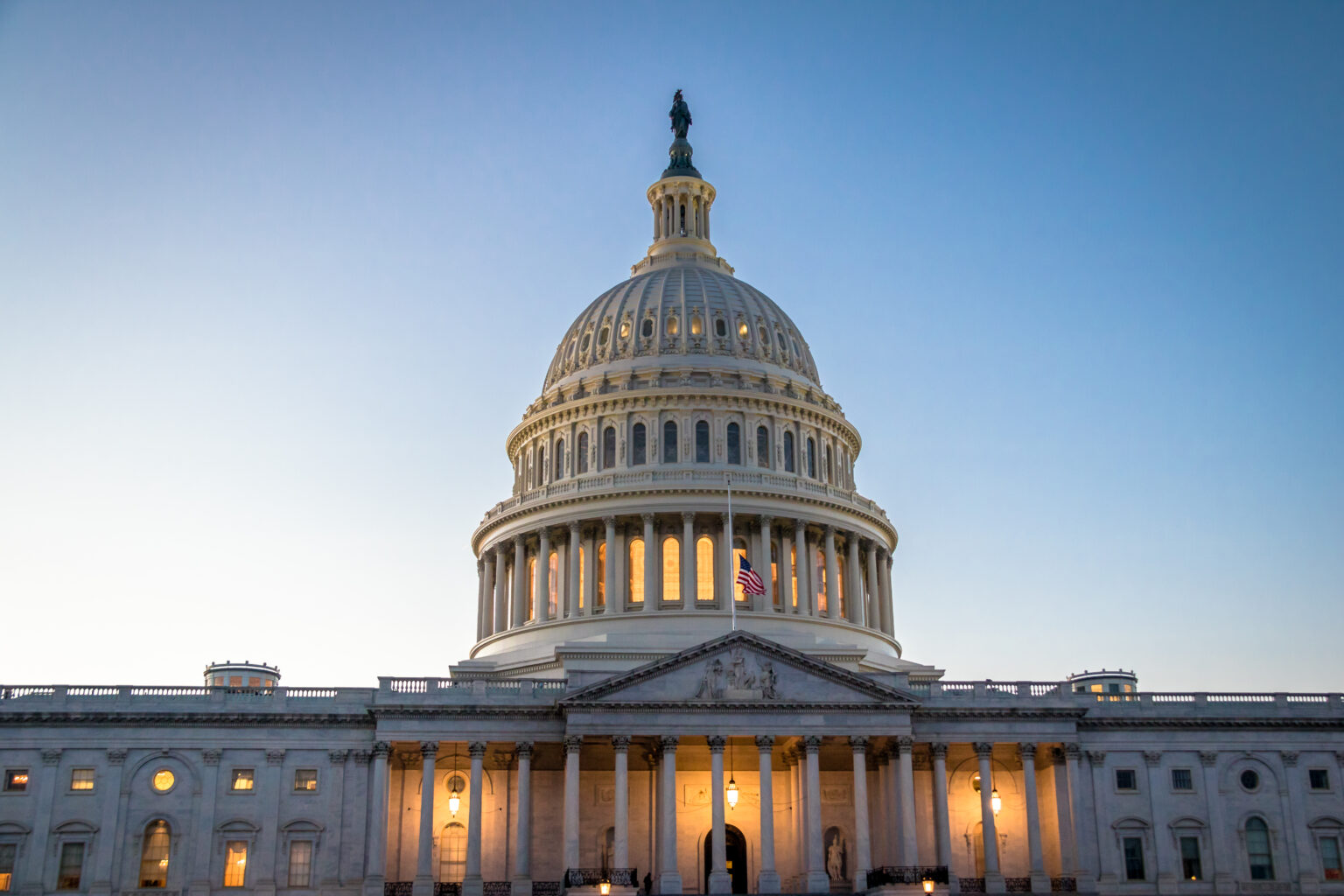
Sepsis and HCCs – Too Many or Too Few?
Like many of you, I am deathly allergic to clinical documentation integrity (CDI), but do not worry; I premedicated with prednisone and an antihistamine prior

Price transparency in healthcare has long been a stated priority for the Trump Administration, both the first and second, and several recent public moves have demonstrated this commitment.
Recently appointed Centers for Medicare & Medicaid Services (CMS) Administrator Dr. Mehmet Oz delivered remarks about his vision, and first up on his list of priorities was implementing President Trump’s executive order (EO) on transparency.
This executive order on price transparency was essentially a reissue and update to an EO on the subject Trump issued during his first term. In this most recent order, he said his Administration would issue new rules and guidance before June that ensure that pricing data is standardized and comparable across health systems and insurers, and that hospitals post actual prices of services, as opposed to estimates.
However, several states are taking the matter into their own hands, as we’ve frequently seen them do on several recent healthcare issues.
The State of Colorado recently finalized a regulation that requires carriers and pharmacy benefit managers (PBMs) to submit price transparency files and prescription drug data collection reports to the Colorado Insurance Commissioner, twice annually and once annually, respectively. The regulation implements a 2024 Colorado law that codified federal price transparency requirements.
While many states have similar laws, and many have also required hospitals to abide by federal price transparency laws, this is the first case of a state expanding oversight and enforcement directly to carriers.
This reporting requirement’s stated purpose is to increase compliance with the federal transparency requirements, for the good of consumers. The Colorado law the regulation is based on directly cited President Trump’s first EO on transparency, and noted that the lack of accurate pricing information is “widely understood to be one of the root problems causing dysfunction within the United States’ healthcare system.”
Price transparency is widely considered a bipartisan issue, and several other states have stepped in with different ideas to increase compliance. Several states, including New Jersey, Michigan, and Oklahoma, for instance, have introduced bills that would bar hospitals from being able to collect medical debts from patients if they are not compliant with transparency requirements at the time the patient received care.
Washington State introduced a bill that took proceeds from fines levied on non-compliant hospitals and poured the monies into a state price transparency tool that would help consumers search and compare hospital prices. Indiana issued an executive order directing all state agencies to examine how best to regulate and enforce transparency requirements in the state.
So, why are states stepping in to help the federal government ensure compliance? Because compliance rates are actually dropping, despite never having reached a particularly high number in the first place. The latest percentage of hospitals that were fully compliant with federal requirements was just 21 percent, according to Patient Rights Advocate – down from an all-time high of 36 percent in 2023. CMS has been increasingly taking enforcement action against hospitals this year – more in the first two months of 2025 than in all of 2024 – but the size of the penalties is dropping.
This is in line with the Trump Administration’s goal of general widespread compliance, and states are joining in on this goal with their own bills.
Ultimately, it’s clear that the Trump Administration and states on both sides of the aisle are increasingly focused on promoting compliance with existing transparency requirements. However, both also seem to be interested in expanding the responsibility for compliance to include both hospitals and plans – so both should be ready!


Like many of you, I am deathly allergic to clinical documentation integrity (CDI), but do not worry; I premedicated with prednisone and an antihistamine prior

What should you do if you get an email with the subject line “U.S. Office of Inspector General HHS – Special Investigations?” A doctor I’m
Please log in to your account to comment on this article.

Stop revenue leakage and boost hospital performance by mastering risk adjustment and HCCs. This essential webcast with expert Cheryl Ericson, RN, MS, CCDS, CDIP, will reveal how inaccurate patient acuity documentation leads to lost reimbursements through penalties from poor quality scores. Learn the critical differences between HCCs and traditional CCs/MCCs, adapt your CDI workflows, and ensure accurate payments in Medicare Advantage and value-based care models. Perfect for HIM leaders, coders, and CDI professionals. Don’t miss this chance to protect your hospital’s revenue and reputation!

Struggling with ICD-10-CM coding for diabetes and complications? This expert-led webcast clarifies complex combination codes, documentation gaps, and sequencing rules to reduce denials and ensure compliance. Dr. Angela Comfort will provide actionable strategies to accurately link diabetes to complications, improve provider documentation, and optimize reimbursement—helping coders, CDI specialists, and HIM leaders minimize audit risks and strengthen revenue integrity. Don’t miss this chance to master diabetes coding with real-world case studies, key takeaways, and live Q&A!

Uncover critical guidance. HIM coding expert, Kay Piper, RHIA, CDIP, CCS, provides an interactive review on important information in each of the AHA’s 2025 ICD-10-CM/PCS Quarterly Coding Clinics in easy-to-access on-demand webcasts, available shortly after each official publication.

Uncover critical guidance. Kay Piper provides an interactive review on coding guidelines and more in the AHA’s fourth quarter 2025 ICD-10-CM/PCS Coding Clinic in an easy to access on-demand webcast.

Stay ahead of Medicare Advantage’s 2025-2026 regulatory changes in this critical webcast featuring expert Tiffany Ferguson, LMSW, CMAC, ACM. Learn how new CMS rules limit MA plan denials, protect hospitals from retroactive claim reopenings, and modify Two-Midnight Rule enforcement—plus key insights on omitted SDoH mandates and heightened readmission scrutiny. Discover actionable strategies to safeguard revenue, ensure compliance, and adapt to evolving health equity priorities before the June 2025 deadline. Essential for hospitals, revenue cycle teams, and compliance professionals navigating MA’s shifting landscape.

Struggling with CMS’s 3-Day Payment Window? Join compliance expert Michael G. Calahan, PA, MBA, CCO, to master billing restrictions for pre-admission and inter-facility services. Learn how to avoid audit risks, optimize revenue cycle workflows, and ensure compliance across departments. Critical for C-suite leaders, providers, coders, revenue cycle teams, and compliance teams—this webcast delivers actionable strategies to protect reimbursements and meet federal regulations.

Providers face increasing Medicare audits when using skin substitute grafts, leaving many unprepared for claim denials and financial liabilities. Join veteran healthcare attorney Andrew B. Wachler, Esq., in this essential webcast and master the Medicare audit process, learn best practices for compliant billing and documentation, and mitigate fraud and abuse risks. With actionable insights and a live Q&A session, you’ll gain the tools to defend your practice and ensure compliance in this rapidly evolving landscape.

Dr. Ronald Hirsch dives into the basics of Medicare for clinicians to be successful as utilization review professionals. He’ll break down what Medicare does and doesn’t pay for, what services it provides and how hospitals get paid for providing those services – including both inpatient and outpatient. Learn how claims are prepared and how much patients must pay for their care. By attending our webcast, you will gain a new understanding of these issues and be better equipped to talk to patients, to their medical staff, and to their administrative team.
Happy National Doctor’s Day! Learn how to get a complimentary webcast on ‘Decoding Social Admissions’ as a token of our heartfelt appreciation! Click here to learn more →
CYBER WEEK IS HERE! Don’t miss your chance to get 20% off now until Dec. 2 with code CYBER24